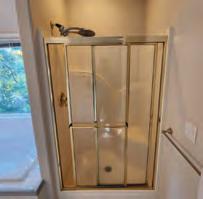


































In an emergency, your pets will be even more dependent on you for their safety and well-being. Disaster plans must include your furry family members too. Learn what to do to keep your beloved pets safe! This guide is primarily about dogs and cats. For tips on disaster planning for livestock, horses, birds, reptiles or other small animals, please visit www. humaneworld.org/en
During a Disaster
1. If it’s not safe for you to stay in your home during an emergency, it’s not safe for them either!
2. Include supplies for your pet in your emergency kit, or assemble an emergency kit for your pet.
3. Make an evacuation plan for you and your pets. Many hotels and shelters do not accept animal guests, other than service animals.
Assemble
Keep items in an accessible place and store them in sturdy containers so they can be carried easily. You should include:
• Sturdy leashes, harnesses and/or carriers to transport pets safely and ensure that they can’t escape.
• Food, drinking water, bowls, cat litter/pan and a manual can opener if your pet eats canned food.
• Medications and copies of medical records stored in a waterproof container.
• A first aid kit.
• Current photos of you with your pet(s) in case they get lost. Since many pets look alike, this will help to eliminate mistaken identity.
• Information on feeding schedules, medical conditions, behavior problems,
and the name and number of your veterinarian in case you have to foster or board your pets.
• Pet beds and toys, if easily transportable.
The best way to protect your household from the effects of a disaster is to have a plan, and that includes your pets. Being prepared can save their lives.
If you have to evacuate your home during a disaster, the best way to protect your pets is to evacuate them too. If it’s not safe for you to stay behind then it’s not safe to leave pets behind either.
• Know which hotels and motels along your evacuation route will accept pets in an emergency. Call ahead for reservations if you know you may need to evacuate. Ask if no pet policies could be waived in an emergency.
• Most American Red Cross shelters cannot accept pets because of health and safety concerns and other considerations. Service animals that assist people with disabilities are allowed in Red Cross shelters.
• Know which friends, relatives, boarding facilities, animal shelters or veterinarians can care for your animals in an emergency. Prepare a list with phone numbers.
• Although your animals may be more comfortable together, be prepared to house them separately.
• Include your pets in evacuation drills so that they become used to entering and traveling in their carriers calmly.
• Make sure your pet’s vaccinations are current and that all dogs and cats are wearing collars with securely fastened, up-to-date ID. Many pet shelters require proof of current vaccinations to reduce the spread of disease.
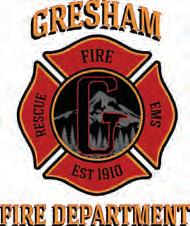
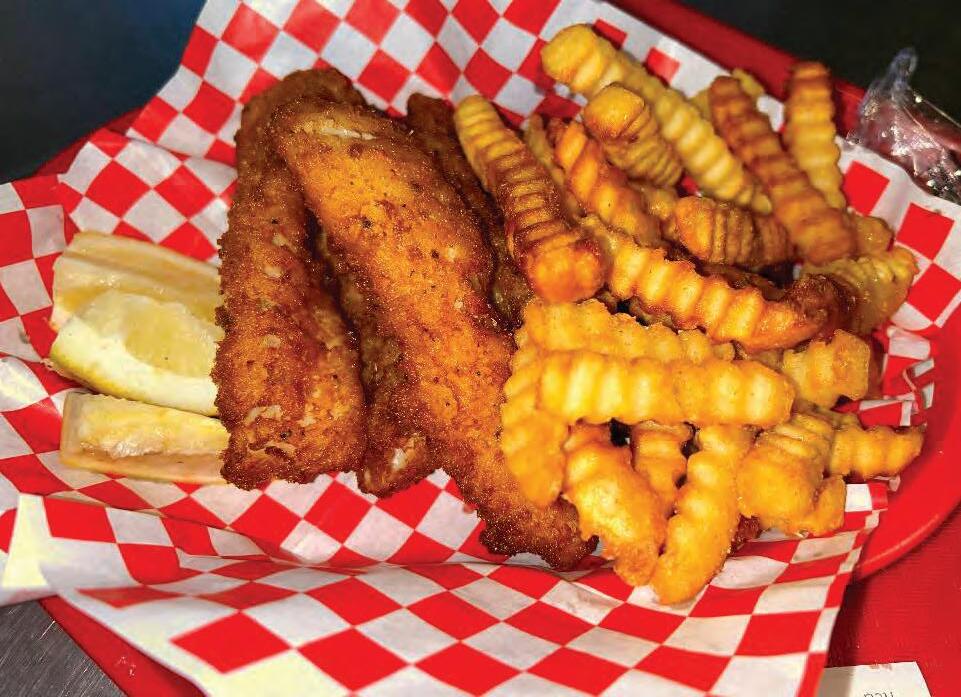














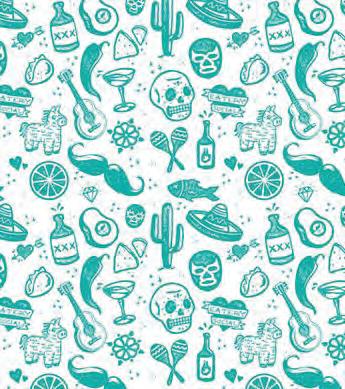

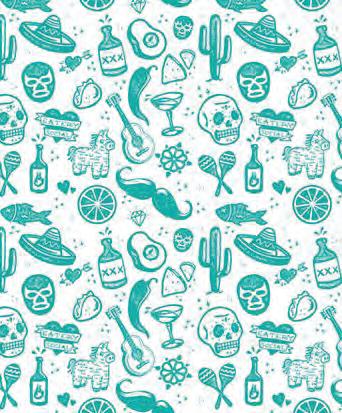




By Robert Matsumura, Active Media
Every year on April 22nd, millions of people around the world celebrate Earth Day, a day commemorating environmental protection and raising awareness about our planet’s well-being. But how did Earth Day come about? The story of Earth Day is both fascinating and inspiring, a testament to how a collective push for change can have a lasting impact.
Earth Day actually dates back to the late 1960s when environmental concerns swelled across the United States. Issues of water pollution, air quality, pesticide use, and the loss of wildlife were looming large in the public consciousness. Rachel Carson’s 1962 book Silent Spring had already brought to light the dangers of pesticides, and a growing concern for the environment was beginning to take root.
It wasn’t until 1969, however, that the idea of Earth Day began to form. Senator Gaylord Nelson from Wisconsin — alarmed by the lack of political attention to environmental issues —vowed to take action. He envisioned a nationwide teach-in focused on the environment to engage the public and pressure politicians to embrace the environmental cause. Nelson drew inspiration in part from the student protests of the 1960s, which demonstrated how grassroots movements could galvanize the public and bring about real change.
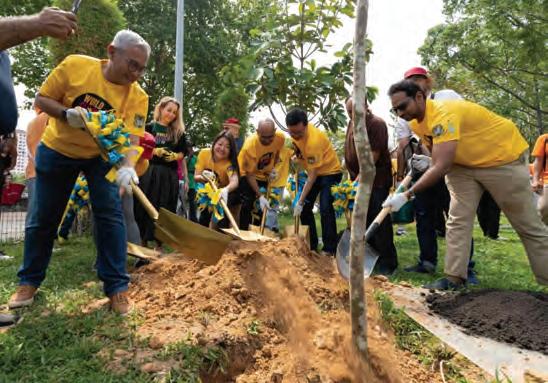
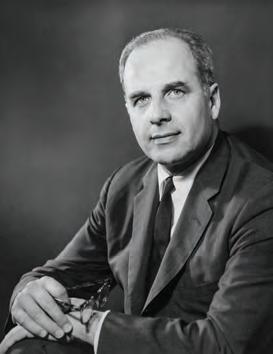
Earth Day was born on April 22, 1970. Nelson, with the assistance of activist Dennis Hayes, mobilized an astonishing 20 million Americans across the country — about 10 percent of the U.S. population at the time — who came together in rallies, teach-ins, and protests. The movement was not just about protesting, but about generating a dialogue around the need for environmental regulation and conservation.
The first Earth Day was a monumental success. People from all walks of life came together, including students, teachers, scientists, and activists. For the first time, environmental issues were discussed on a grand scale, clearly showing that protecting the Earth was no longer a niche concern but one that deserved national attention.
The success of Earth Day extended far beyond rallies, however. Significant changes in U.S. policy resulted from this event. In the wake of the first Earth Day, Congress passed major environmental legislation, including the Clean Air Act, the Clean Water Act, and the Endangered Species Act. The Environmental Protection Agency (EPA) was also created in 1970. It was clear that public opinion had shifted, and lawmakers took notice.
Although Earth Day was born in the United States, its message resonated around the world. In 1990, Earth Day went international, with 200 million people in over 140 countries participating. Since then, Earth Day has continued to grow. Events now take place in countries across the globe, with the Earth Day Network actively coordinating the activities.
Today, Earth Day is more relevant than ever. As the planet grapples with climate change, deforestation, and diminishing biodiversity, Earth Day is a reminder that everyone has a role to play in protecting our environment.
So this April 22nd, whether you’re planting a tree, cleaning up a local park, or simply recycling a plastic container, remember that Earth Day is a day to celebrate the planet we all share, ensuring that it continues to be a healthy and enjoyable place for generations to come!


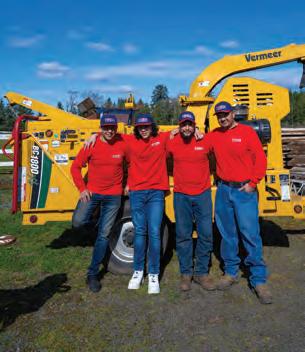




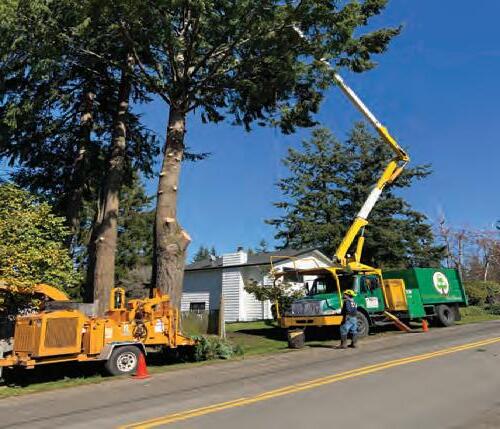


ROBERT H. RYAN
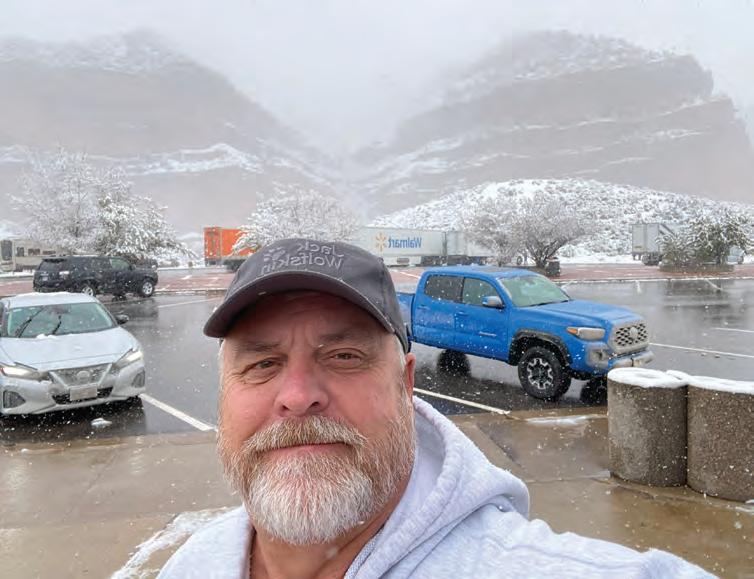
By Kelly Romo, Active Media
Milwaukie resident Robert H. Ryan was born and raised in Germany until the end of fourth grade, and he viewed America as a land of opportunity. His stepfather’s Army career led to frequent relocations and immersed him in the realities of the Cold War. He graduated from an American high school in Heidelberg in 1975 and saw military service as his entry into adulthood. Robert’s initial goal was the Navy, but the Army became his route.
Robert served in the U.S. Army from 1975 to 1979 and was stationed in Louisiana before deploying to Germany. He became a naturalized U.S. citizen to qualify for the assignment and avoid the German military draft. His service continued with the Oregon Army National Guard from 1984 to 2016. He returned for the structure and camaraderie, starting as a tool and parts clerk and later becoming an engineer equipment maintenance technician and warrant officer. His military career paralleled his civilian employment in defense logistics at Camp Withycombe.
Robert’s family moved frequently when he was a child and he had to navigate life as a non-native English speaker, which
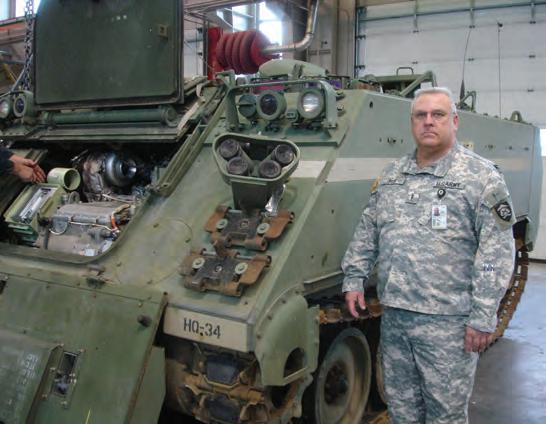
presented many challenges. Without a strong family support system, Robert learned self-reliance. The military instilled values of trust and discipline, though he found that honesty was not always appreciated. His experiences reinforced his belief in verification and direct communication.
Robert moved to Oregon on a whim when a friend from the Army invited him to come up and work with him. He tried community college but slowly realized he was better suited for a blue-collar job. After working in construction and warehousing, Robert realized he missed the military environment. Through his experiences with Youth Soccer, he found a Federal full-time job working on military equipment at Camp Withycombe.
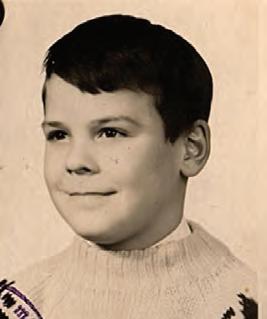
Robert encourages young people considering the military to choose a career path with post-service applications. Education and skill development open doors. His ideal do-over would involve the Air Force or Navy and focus on longterm career potential.
Robert’s retirement in 2016 has allowed him to travel, including a solo motorcycle trip across the U.S. Volunteering at the Oregon Military Museum, American Legion, and with local volunteer firefighters, service remains central to his life. Robert hopes civilians recognize that every veteran’s experience is unique. Understanding their challenges takes more than appreciation — it calls for awareness of individual journeys.
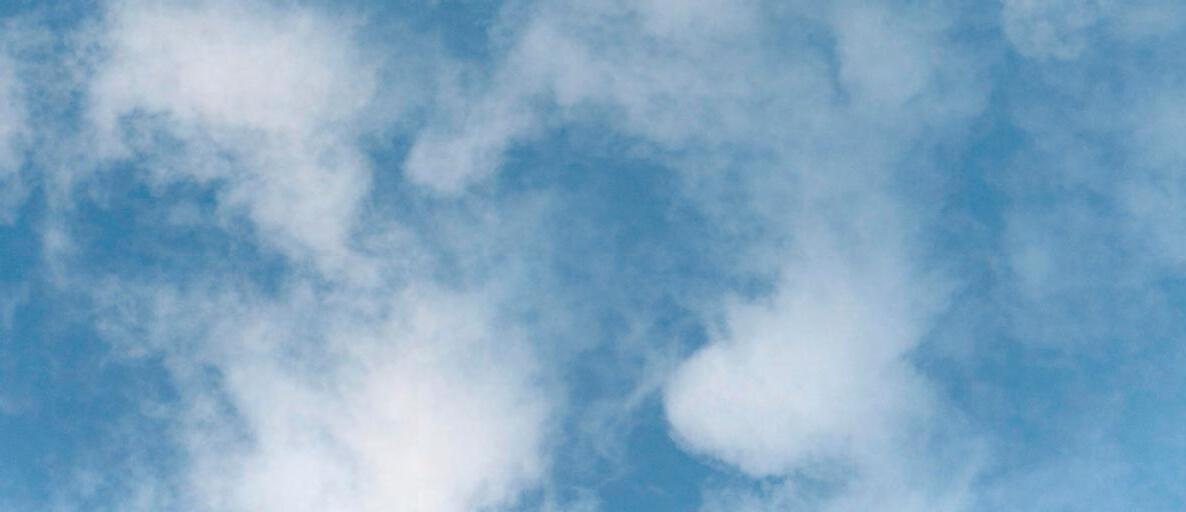

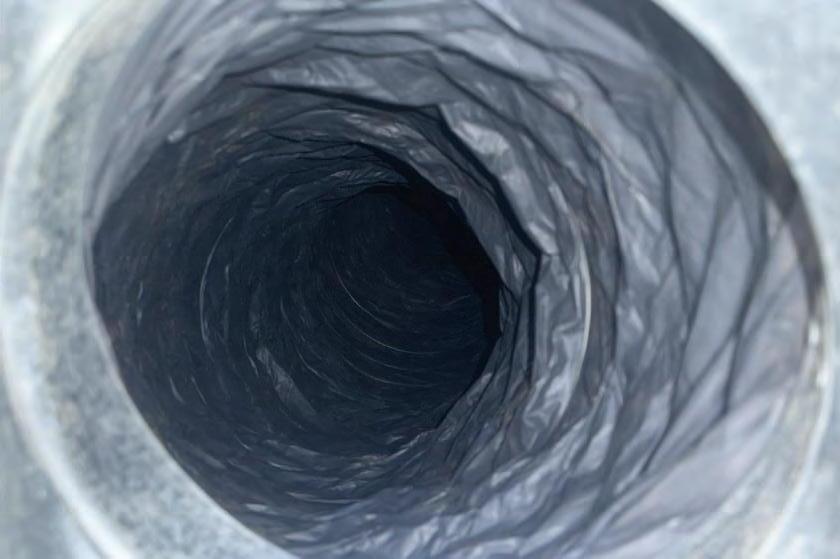


By Oregon Black Pioneers
Markus Lopeus is one of the earliest-known people of African descent to set foot in Oregon. Lopeus was a native of Cape Verde, a volcanic archipelago located 400 miles west of the North African mainland. The Portuguese discovered the islands in the 15th century and began to establish a permanent presence there. Enslaved Africans made up the majority of the islands’ population – but there was also a population of free Africans, including the Lopeus family.
In 1787, American ship captain Robert Gray set off from Boston in the sloop Lady Washington for his first voyage to the Pacific Northwest. Gray, along with Captain John Kendrick of the brig Columbia, were bound for the Pacific Northwest in search of sea otter pelts to exchange in China for tea, silk, spices, and porcelain.
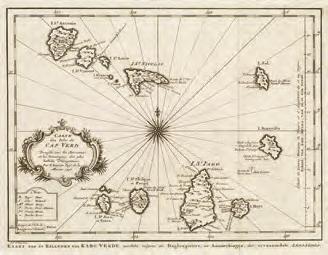
When the Lady Washington stopped in Cape Verde for water and supplies, Markus Lopeus volunteered to join the ship’s crew. Lopeus served as the ship’s cabin boy, suggesting he was a teenager or a young man. Despite his age, Lopeus had to participate in regular duties alongside the rest of the 12-14 member crew. According to 3rd mate Robert Haswell, Lopeus was cheerful, eager to help and well-liked by everyone aboard.

Photo by Rick Horn
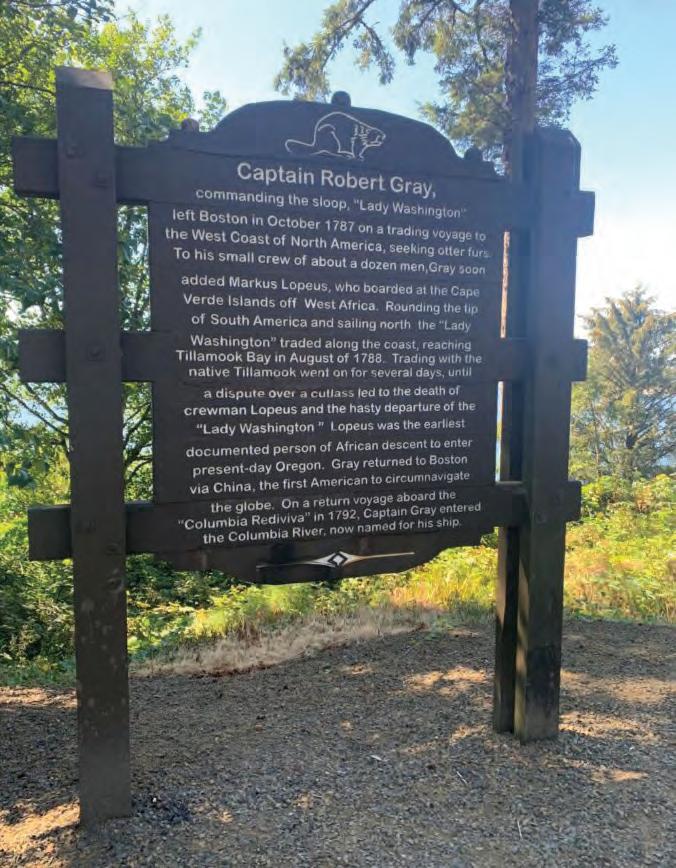
In 1788, Lady Washington became the first American ship to make landfall on the Pacific coast. That August, the vessel reached Tillamook Bay, where they were greeted by members of a local Native village. The crew eagerly traded with the villagers on the beach.
Two days later, Lopeus was on shore cutting grass to feed the ship’s livestock. When he set down his cutlass, a Native man walked off with it. Lopeus chased after the man and grabbed him, which got the attention of the villagers. Several men surrounded Lopeus and stabbed him to death. Captain Gray’s crew quickly fled the beach and returned to their ship, firing their guns as they sailed away.
Today Markus Lopeus is remembered for his participation in the first American expedition to Oregon, and for being the first Black person to die in Oregon. His story demonstrates how Black people have been part of Oregon’s multiracial history from the earliest days.
Oregon Black Pioneers is Oregon’s only historical society dedicated to preserving and presenting the experiences of African Americans statewide. To learn more, and to support this nonprofit, visit oregonblackpioneers.org.
©Oregon Black Pioneers, 2025






Tangy, sweet, buttery, creamy and refreshing
Shortbread Crust
1 cup unsalted butter, melted
1/2 cup granulated sugar
2 teaspoons pure vanilla extract
1/2 teaspoon salt
2 cups + 2 tablespoons all-purpose flour (spooned and leveled)
Lemon Filling
2 cups granulated sugar
6 tablespoons all-purpose flour
6 large eggs
1 cup lemon juice (about 4 lemons)
Confectioners’ sugar for dusting, optional
Directions
Preheat oven to 325°F. Line bottom and sides of 9×13-inch glass pan (do not use metal) with parchment paper, leaving

overhang on sides to lift finished bars. Set aside. CRUST: Mix melted butter, sugar, vanilla and salt in medium bowl. Add flour and stir to completely combine. Press firmly and evenly into prepared pan. Bake 20 minutes, or until edges are lightly browned. Remove from oven. With fork, poke holes over top of
warm crust (not all the way through). Set aside. FILLING:
Sift together sugar and flour in large bowl. Whisk in eggs, and then lemon juice until combined. Pour filling over warm crust. Bake 22 to 26 minutes or until center is relatively set (no longer jiggles). Remove from oven. Cool at room temperature 2 hours. Place in refrigerator for 1 to 2 more hours until chilled. Once cool, lift parchment paper out of the pan using the overhang on the sides. Dust with confectioners’ sugar and cut into squares.


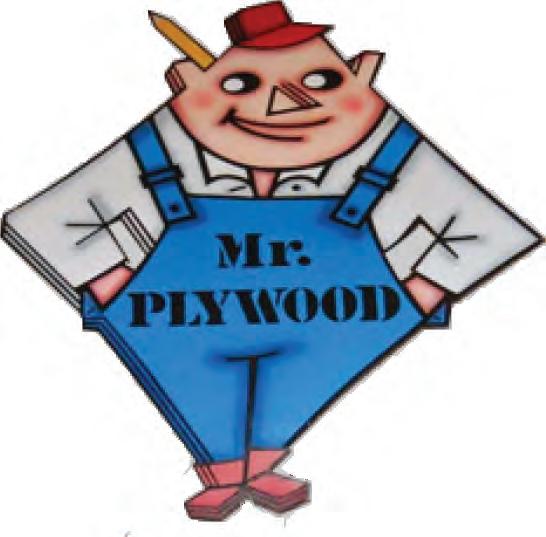
6 Species not native to an ecosystem.
8 Small, round, flat legumes often considered the most sustainable food.
9 Planned management of a natural resource to prevent destruction.
12 Most commonly littered item in the world. (Two words)
13 National Park (established 1872) famous for its geysers.
15 Process of collecting, processing and reusing materials that would otherwise be discarded as waste.
16 World’s most recycled material.
18 Close to 8 million metric tons of _______ go into the ocean annually.
19 Types include cascade, horsetail, plunge and tiered.
21 Renewable energy source harnessed through turbines.
22 Most of Earth’s breathable air comes from this body of water.
23 Endangered bird known for its colorful feathers and large beak.
DOWN
1 Brand first to turn plastic waste into clothing; also name of geographical region in South America.
2 The Great Pacific _______ Patch is a massive accumulation of marine debris, primarily plastic.
3 The earth is _______ years old.

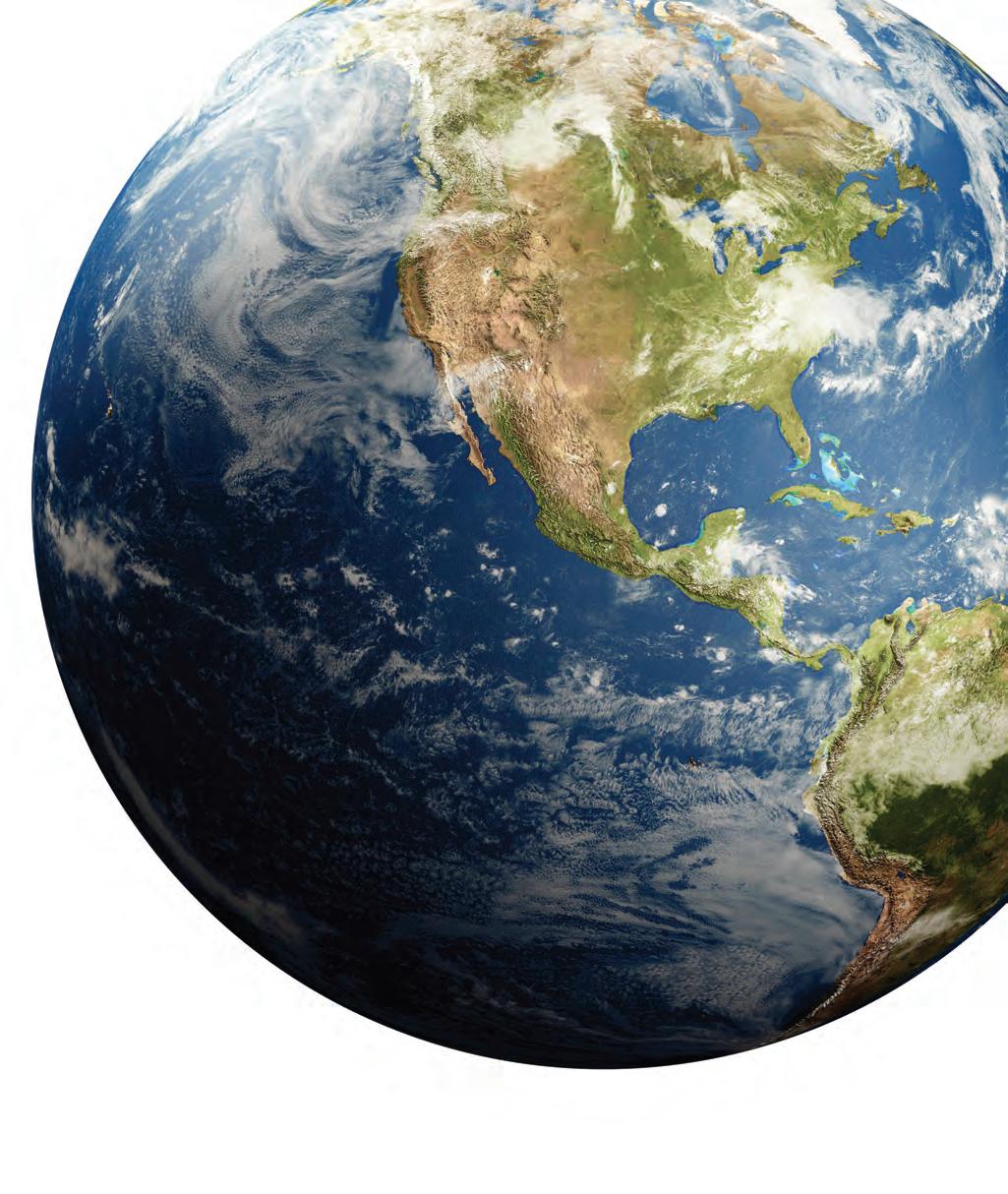
4 In 2011, 28 million trees were planted in this Mideastern country for Earth Day’s “Plant Trees, Not Bombs” campaign.
5 Term for variety of life on Earth.
7 Founder of Earth Day was a senator from this “cheesy” Midwest state.
10 Young activist _______ Thunberg took a zero-carbon voyage from Europe to the U.S. to raise awareness of climate change.
11 Energy created from Earth’s heat.
14 Type of farming that does not use synthetic chemicals.
16 The _______ Rainforest produces 20% of the planet’s oxygen.
17 The Javan _______ (abbreviated) is considered the most endangered animal. The large mammal has a distinctive horn (or two) on its snout.
20 Blazing source of renewable energy using solar panels.



We are proud to offer NOUVADerm TM - the cutting-edge 4th generation fractional skin resurfacing platform designed to provide a personalized, non-invasive solution for a wide range of skin concerns.
NOUVADermTM is a state-of-the-art laser system that delivers powerful, customized treatments for all skin types. It uses a combination of non-ablative, sub-ablative and ablative laser pulses to target various layers of the skin, promoting collagen production and skin renewal. With its proprietary NOVAGlo and Hair Support modes, NOUVADermTM is ideal for treating a variety of concerns including:
PIGMENTATION: Age spots, sun spots and freckles
SKIN TEXTURE: Uneven texture and tone
FINE LINES & WRINKLES: Smooth & firm skin
ACNE SCARRING: Improve the appearance of scars
STRETCH MARKS: Restore smoother, clearer skin
HAIR SUPPORT: Stimulate hair growth on the scalp






We believe that healthy, beautiful skin is possible at every age. NOUVADermTM Advanced Skin Resurfacing is safe, effective, and non-invasive laser to rejuvenate your skin from the scalp to the body. Whether you’re looking to enhance the appearance of your face, scalp, or other body areas, NOUVADermTM can provide the transformative results you’re looking for.
















